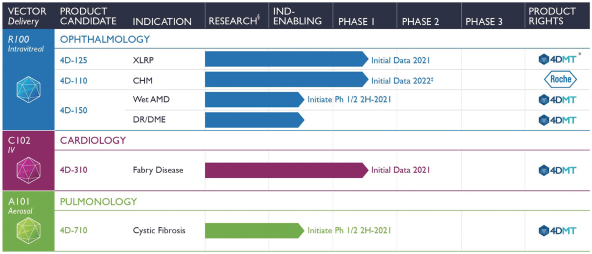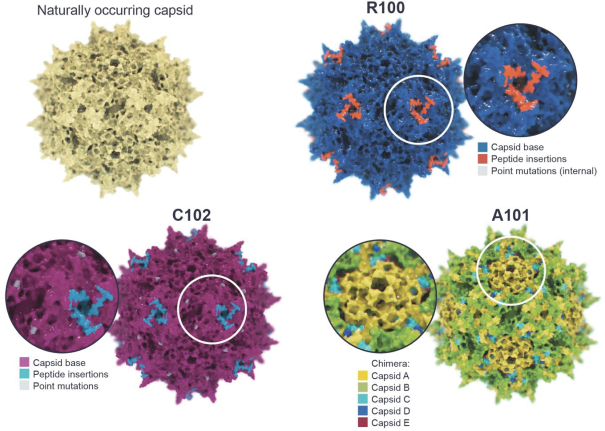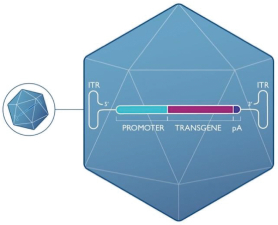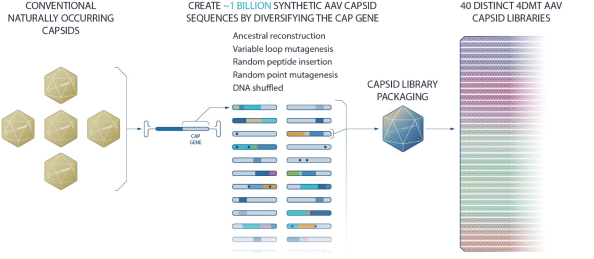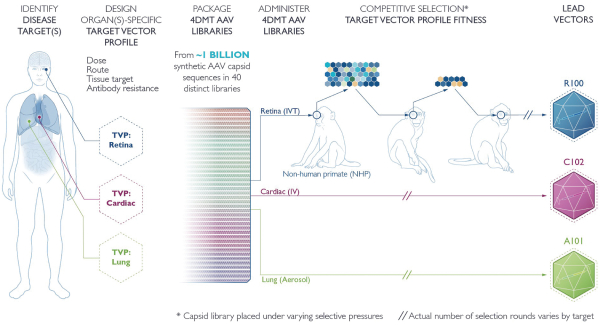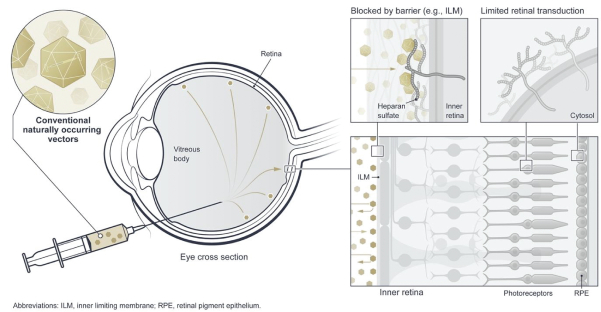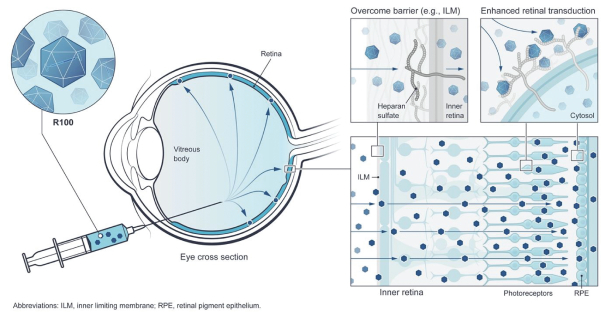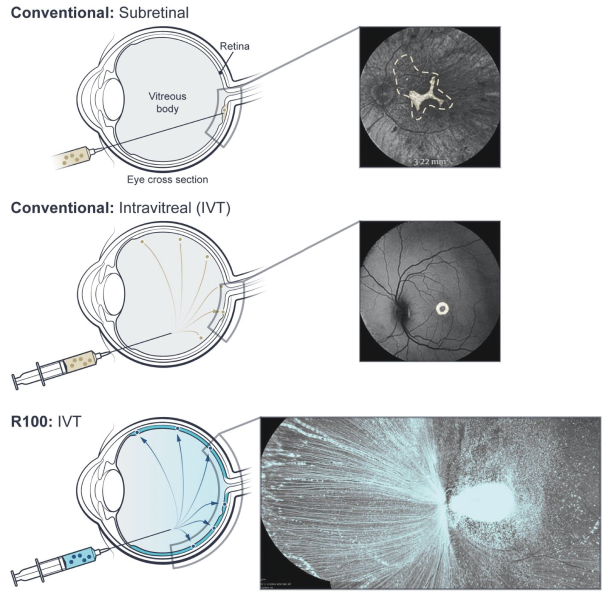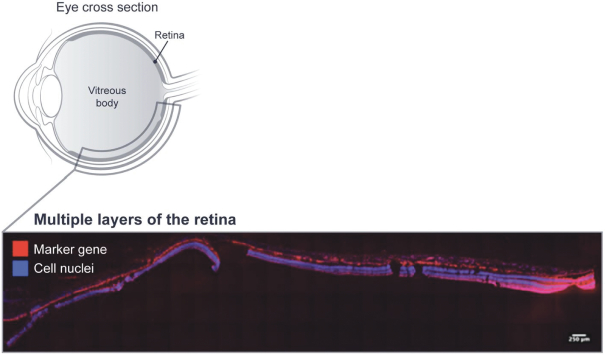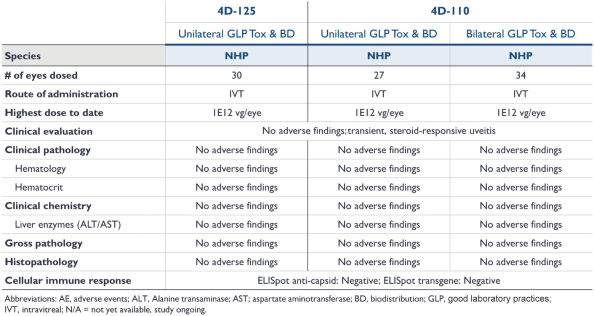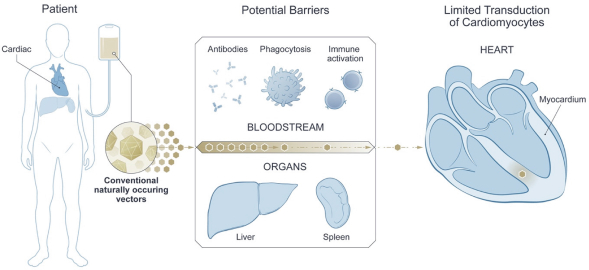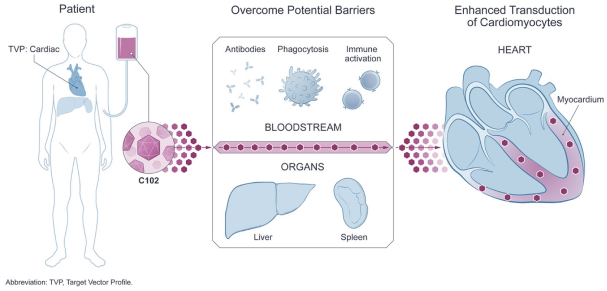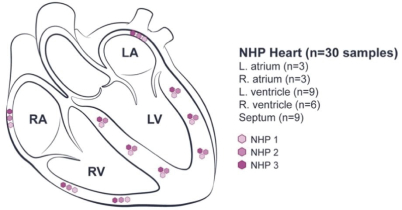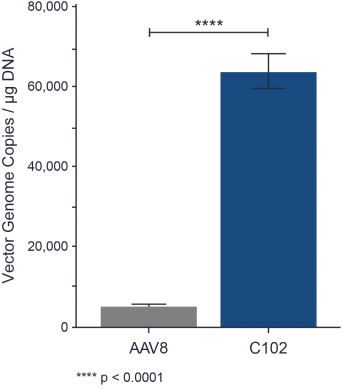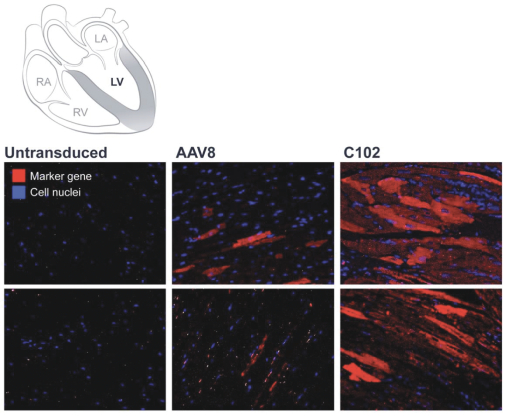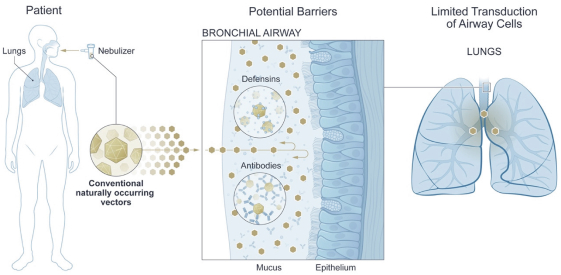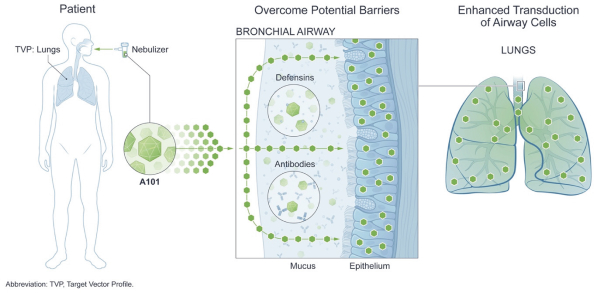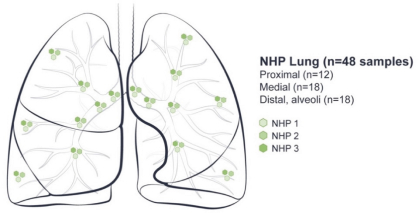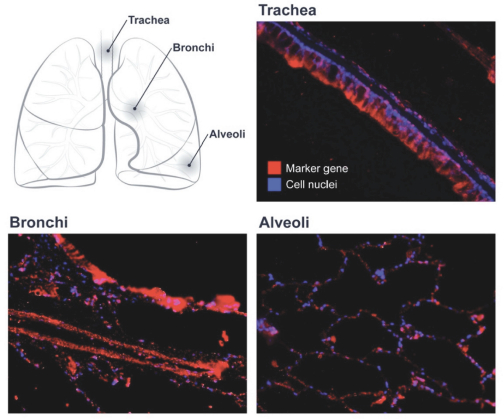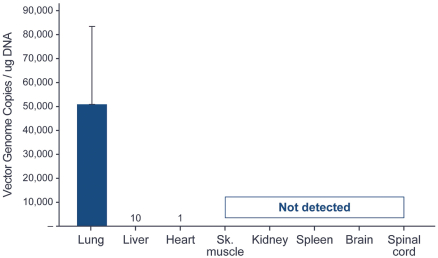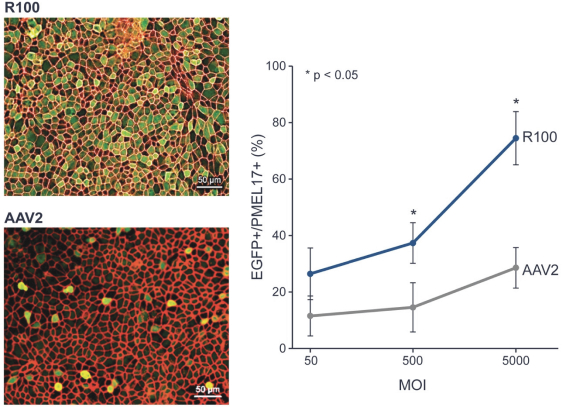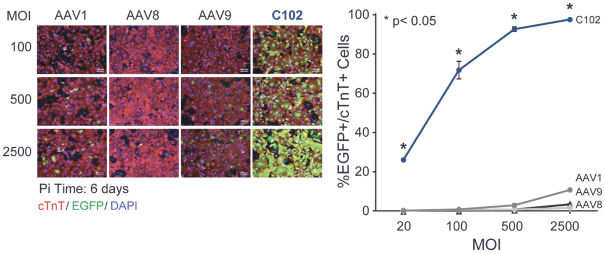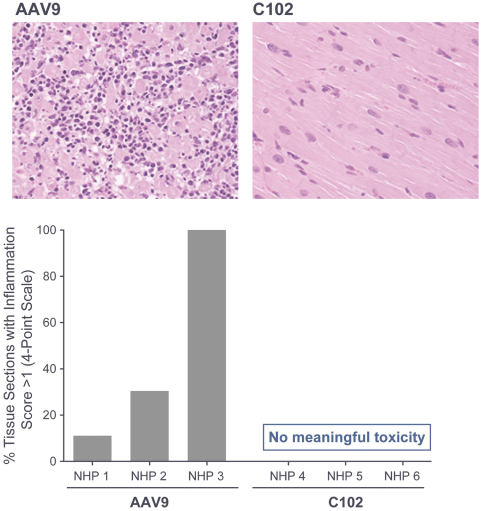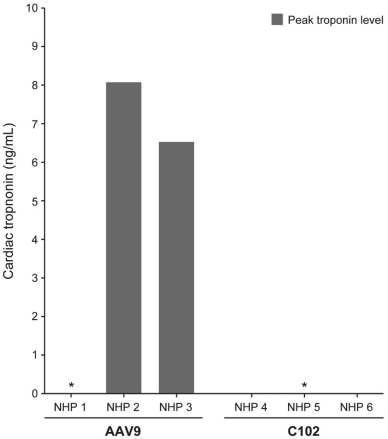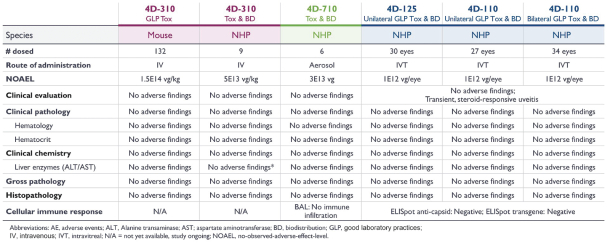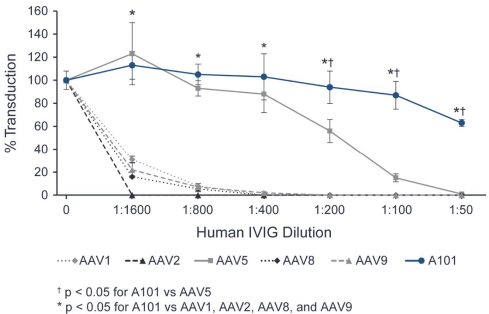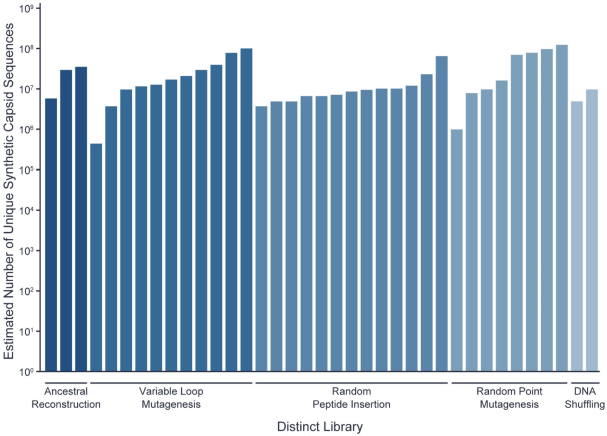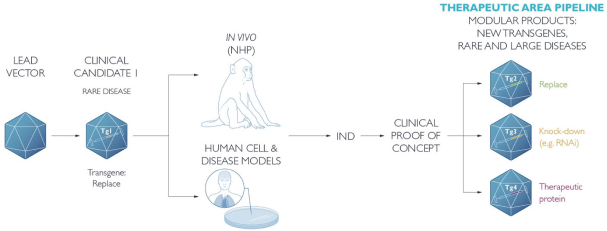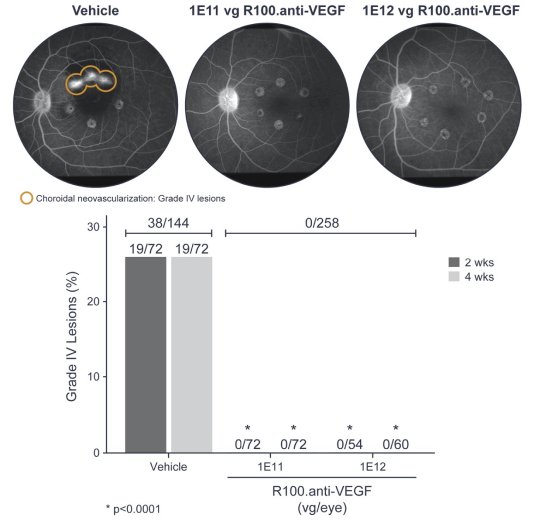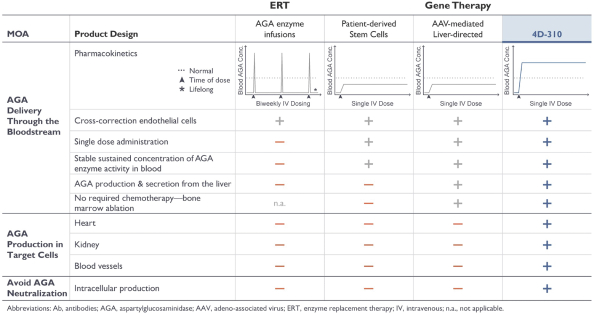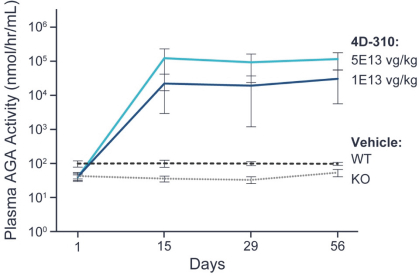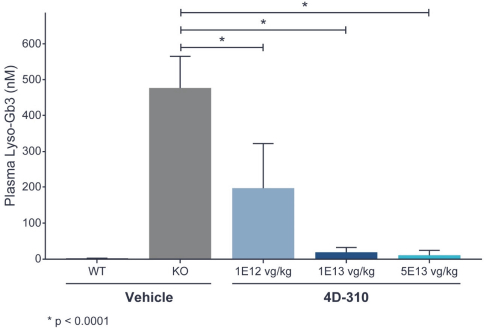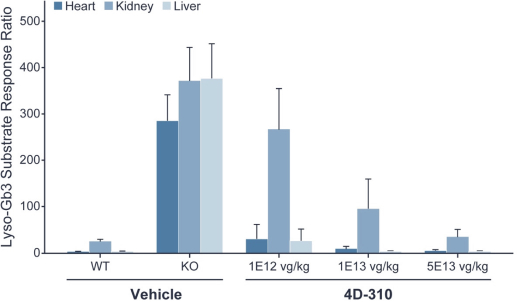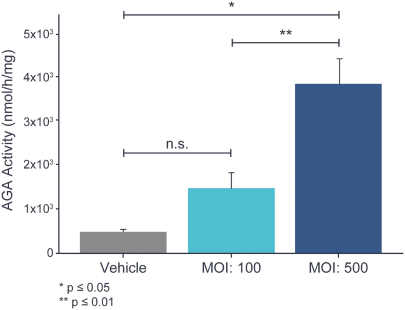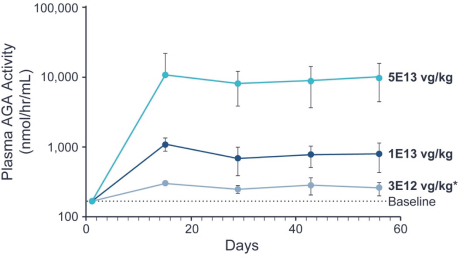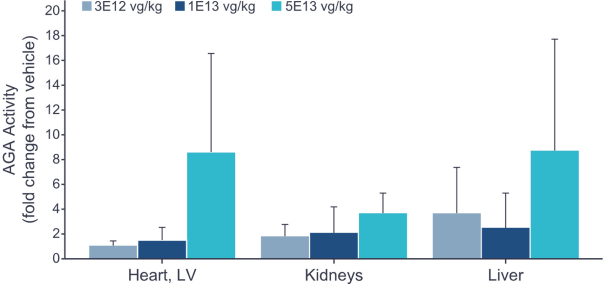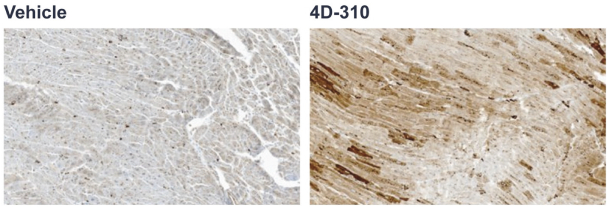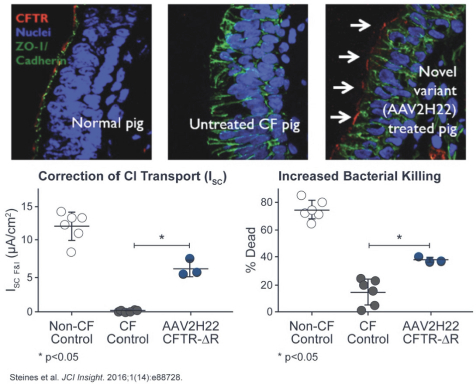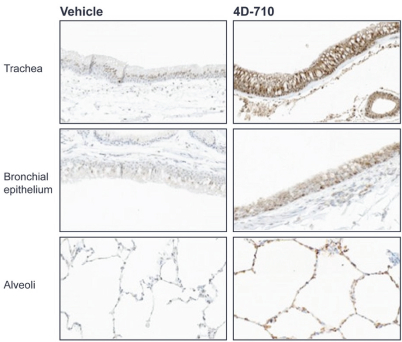therapy BLA for Zolgensma (Novartis), the first AAV gene therapy approved for intravenous administration in infants and babies.
Intellectual Property
Our commercial success depends in part on our ability to obtain and maintain proprietary protection for our product candidates, manufacturing and process discoveries, and other know-how, to operate without infringing the proprietary rights of others and to prevent others from infringing our proprietary rights. Our policy is to seek to protect our proprietary position by, among other methods, filing U.S. and foreign patent applications related to our proprietary technology, inventions and improvements that are important to the development and implementation of our business. We also rely on trade secrets, know-how, continuing technological innovation and potential in-licensing opportunities to develop and maintain our proprietary position.
Our product and lead optimization candidates were discovered by us utilizing our proprietary technology. We have filed several non-provisional and provisional patent applications, all owned by us, relating to our product and lead optimization candidates in the United States, certain foreign countries, and the World Intellectual Property Organization that are directed to compositions-of-matter, dosage unit forms, methods-of-treatment and medical use. We have also licensed several non-provisional patent applications, granted patents and international patent applications relating to our product and lead optimization candidates from U.C. Berkeley.
As of September 30, 2020, our solely owned patent portfolio includes three pending U.S. non-provisional applications, seventy-six pending foreign applications, two of which have been allowed, six granted foreign patents. We expect that United States and European patents and the patents, if issued, would expire between May 2037 and November 2038, excluding any additional term from patent term adjustment or patent term extension if appropriate maintenance and other governmental fees are paid. Additional patent term for the presently issued or later issued U.S. patents may be awarded as a result of the patent term extension provision of the Hatch-Waxman Amendments of 1984. In the European Union member countries, a supplementary protection certificate, if obtained, provides a maximum five years of market exclusivity. Our solely owned patent portfolio also includes five pending U.S. provisional patent applications.
In other jurisdictions (currently, Australia, Bahrain, Brazil, Canada, Chile, China, Colombia, Costa Rica, Egypt, India, Indonesia, Iran, Israel, Japan, Korea, Kuwait, Malaysia, Mexico, New Zealand, Oman, Peru, Philippines, Qatar, Russia, Saudi Arabia, Singapore, South Africa, Thailand, United Arab Emirates, Ukraine and Vietnam), granted patents, and any patents issued on pending applications, where applicable, relating to our product and lead optimization candidates, including composition of matter, dosage unit form, method-of-treatment and medical use, are expected to expire between May 2037 and November 2038, if the appropriate maintenance, renewal, annuity, and other government fees are paid. These patents and patent applications (if applicable), depending on the national laws, may benefit from extension of patent term in individual countries if regulatory approval of any of our product or lead optimization candidates is obtained in those countries. For example, in Japan, the term of a patent may be extended by a maximum of five years in certain circumstances.
As of September 30, 2020, our in-licensed patent portfolio includes four granted U.S. patents and seven granted foreign patents; each of these patents is expected to expire between June 2024. and June 2029. Our in-licensed patent portfolio also includes four pending U.S. non-provisional patent applications and fourteen pending foreign patent applications. We expect that United States and European patents, if issued from applications in our in-licensed portfolio would expire between June 2024 and June 2038.
173

